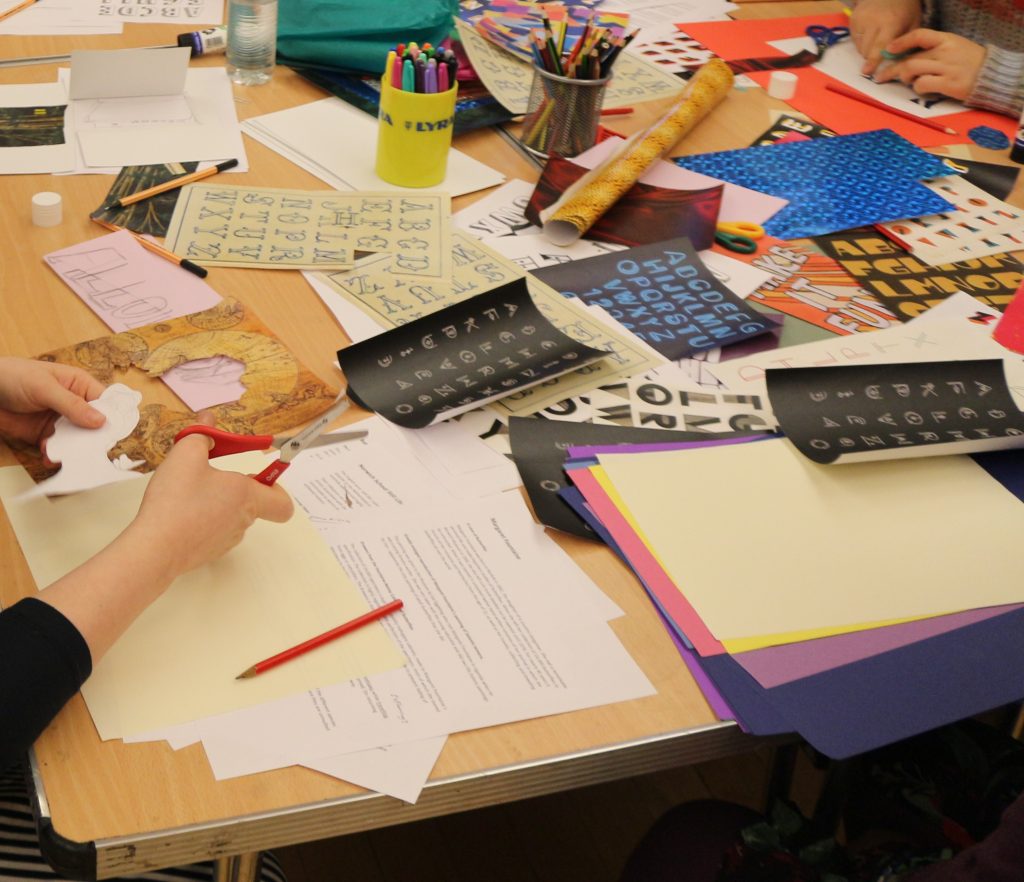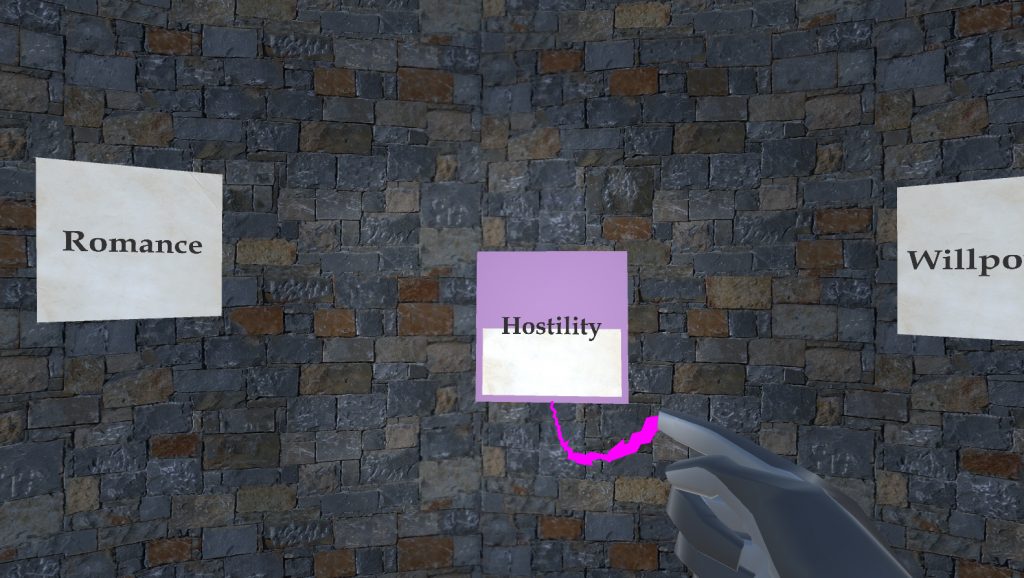It’s been a while since I last posted about the Vision Mixers project, not least because of two intervening lockdowns in England and general Covid-19 uncertainty. Despite all this and as well as a very busy start to this academic year, I have been progressing steadily with project development.
The good news is that the project, now known as ‘The Multitude’, has just been awarded an Arts Council England grant to support further development, testing and exhibition. This is obviously a welcome development and means that the work will be shown in both Cambridge, Norwich and potentially another city over the coming months.

So, the general aim of the project is to create a ‘playable experience’ for two, lasting 15-20 minutes, where the players step through a series of interactive scenarios. The experience is framed by a narrative construct that pits the players against ‘a demon’ that has recently cursed humanity, an act allegorical to the current pandemic crisis. Part of my interest in the narrative component comes from the idea of myth making, particularly in the face of danger and crisis. I was moved by the excellent Fairy-Tale Virus by Sabrina Orah Mark, published in the Paris Review, to think about how a modern fairy tale might be constructed to help mediate the current crisis.
The 1954 film Godzilla is an example of a modern fairy tale (they’re often violent and feature monsters!) that was developed in the aftermath of the atomic destruction of Hiroshima and Nagasaki less than a decade earlier.

In The Multitude, the players cannot defeat the evil demon directly and must instead enlist the help of the four ‘elementals’: Earth, Water, Fire and Air. By fulfilling a task for each of the elementals, which forms the basis of player interaction for each scene, the players hope to awaken a sleeping army of ancient warriors known as ‘the multitude’, hence the name.
The research aims of the project have now been tweaked slightly. They are to investigate:
- the nature of agency and how this is mediated through performative interaction
- the mechanics of co-interaction
- non-contact interaction design, especially in the context of the current Covid-19 crisis
- the use of narrative to frame interactive experience
The research methodology is essentially to make the initial version of the work, conduct a round of early stage usability testing, iterate and then conduct more extensive audience testing at each exhibition opportunity. Usability testing will cover the nuts and bolts of interaction design and hopefully identify any significant problem areas. Audience testing will gauge sentiment and reaction, looking at for example, the success or otherwise of the narrative-interaction mix.
The project is quite sizeable already and will ultimately amount to many thousand lines of code written. A significant research output will be a technical review, but this will be framed within the context of interaction design rather than the discipline of computer programming. Coding is a means to an end in this case! For information purposes: the platform is Unity and interaction is achieved through the Microsoft Kinect for Windows.
This video gives an overview of the development work completed until November 2020.


















